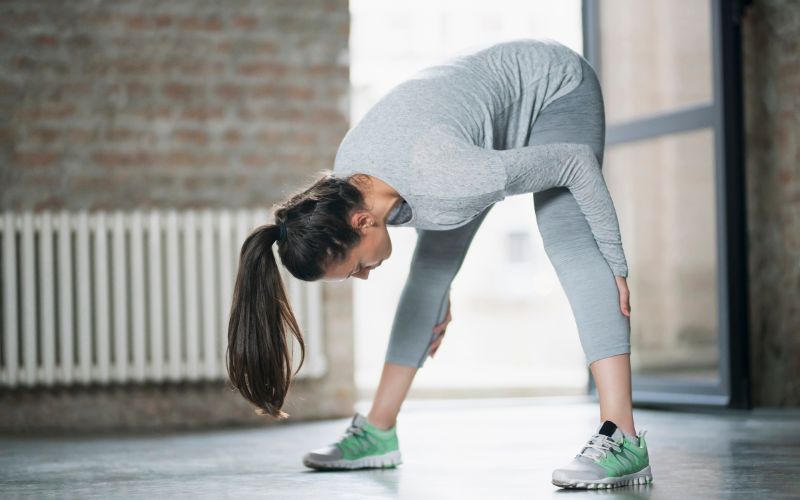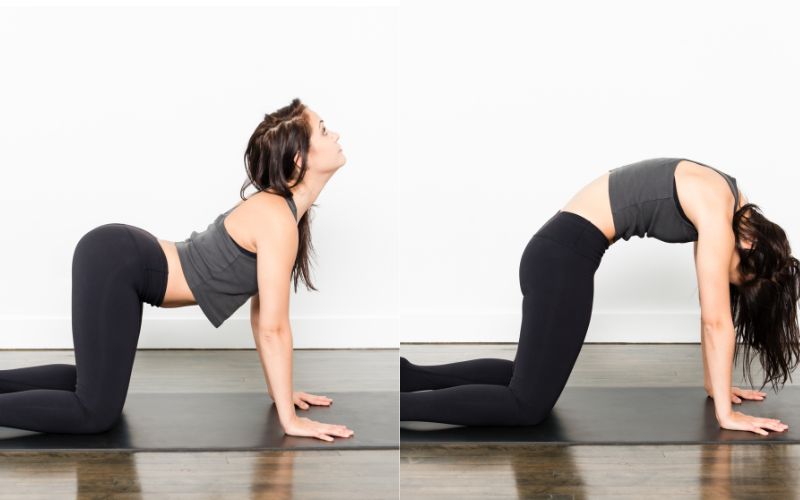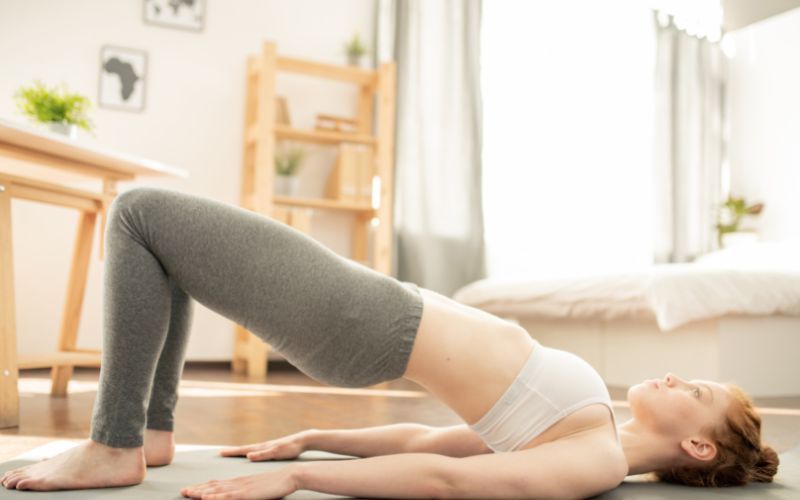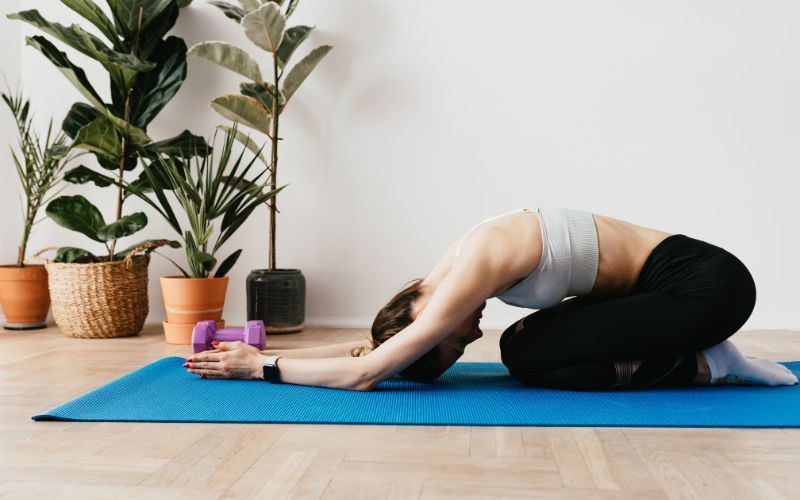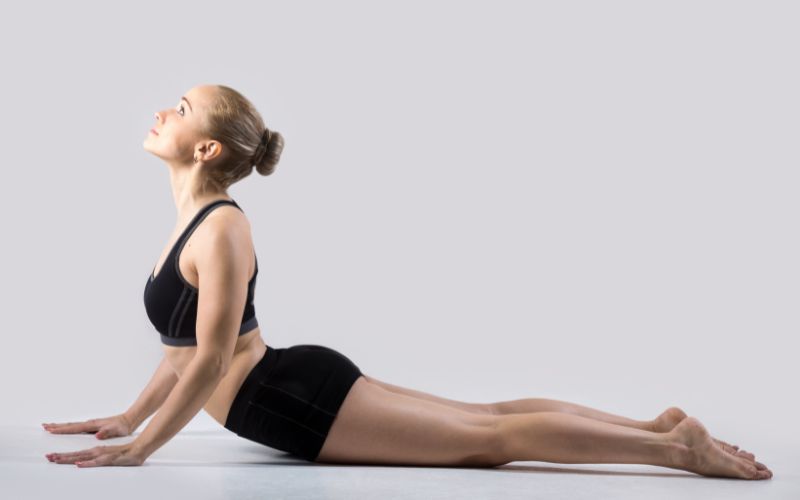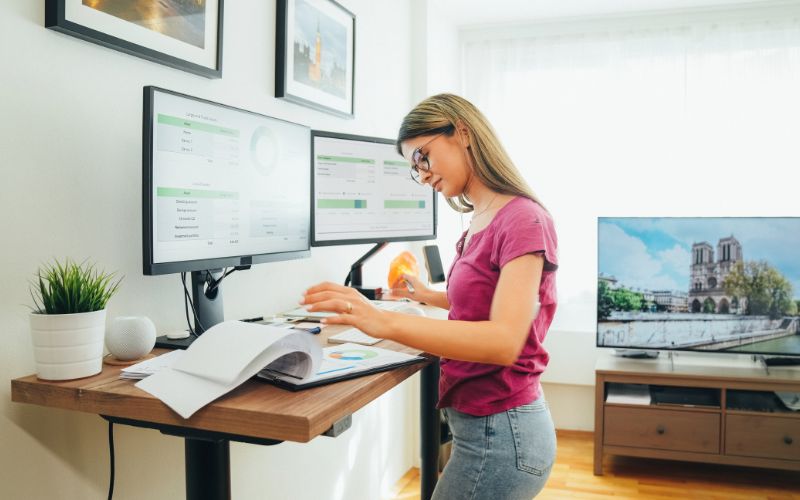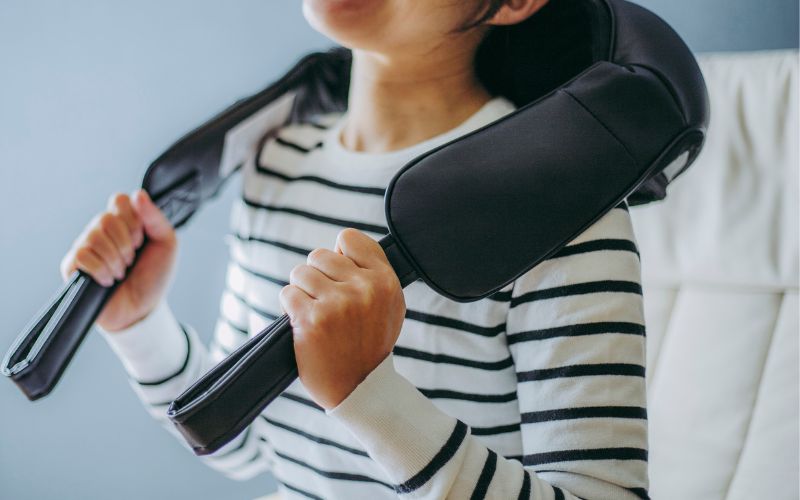Understanding Lower Back Pain
When we sit for extended periods, the muscles in the lower back can become strained from maintaining this position. Poor posture can exacerbate this strain and lead to discomfort or pain.
The Impact of Poor Posture
Poor posture can have a significant impact on the lower back. When we slouch or hunch forward, we put additional strain on the muscles in the lower back. This can lead to muscle tension, which can be a source of pain. Poor posture can also put pressure on the discs in the spine, which can lead to herniated discs or other spinal injuries.
Why does sitting for long periods lead to low back pain
Sitting for long periods can lead to low back pain for several reasons. When you sit, your lower back muscles are responsible for maintaining the natural curve of your spine. Sitting for extended periods puts these muscles in a prolonged state of contraction, which can lead to muscle fatigue and tension. Over time, this can cause discomfort or pain in the lower back.
Additionally, poor posture while sitting can exacerbate this strain on the lower back muscles. When you slouch or hunch forward, you put additional pressure on the discs in your spine, which can lead to herniated discs or other spinal injuries. Poor posture can also put pressure on the nerves in the lower back, which can cause pain or tingling sensations.
Finally, sitting for extended periods can lead to decreased blood flow and circulation in the lower back muscles. This can cause the muscles to become stiff or sore, which can contribute to discomfort or pain. Taking frequent breaks to stand up and stretch can help to improve circulation and alleviate muscle tension in the lower back.
How do you reduce low back pain when sitting on a chair?
Now that we understand the impact of poor posture on the lower back, let’s discuss how to sit correctly to prevent discomfort or pain.
Choose the Right Chair
Choosing the right chair is essential for maintaining proper posture while sitting. Look for a chair that provides good lumbar support and allows your feet to rest flat on the ground. Avoid chairs that are too soft or lack proper support, as these can cause you to slump forward.
Sit with Your Hips Back
When you sit, make sure your hips are all the way back in the chair. This will help to maintain the natural curve of your lower back and prevent slouching. You should also make sure your back is in contact with the backrest of the chair.
Keep Your Feet Flat on the Ground
Make sure your feet are flat on the ground when you sit. This will help to distribute your weight evenly and prevent pressure on the lower back. If your feet don’t reach the ground, use a footrest or adjust the height of your chair.
Avoid Crossing Your Legs
Crossing your legs can put pressure on the lower back and cause discomfort or pain. Instead, keep your feet flat on the ground and your knees at a 90-degree angle.
Take Breaks
Sitting for extended periods can be hard on the lower back. To prevent discomfort or pain, take breaks every 30 minutes to stand up and stretch. This will help to alleviate muscle tension and improve circulation.
What are the characteristics of a supportive chair?
A supportive chair should have several key characteristics to help reduce the risk of low back pain and promote healthy posture. These characteristics include:
Adjustable Height: A supportive chair should allow you to adjust the height of the seat to ensure that your feet are flat on the ground and your knees are level with your hips. This can help to reduce strain on the lower back and improve circulation.
Lumbar Support: A supportive chair should have a contoured backrest that supports the natural curve of your spine. This can help to reduce the risk of low back pain and promote healthy posture.
Adjustable Armrests: A supportive chair should have adjustable armrests that allow you to rest your arms comfortably and reduce strain on your shoulders and neck.
Seat Depth: A supportive chair should have a seat depth that allows you to sit back in the chair and support your entire back. This can help to reduce pressure on the lower back and promote healthy posture.
Swivel Base: A supportive chair should have a swivel base that allows you to easily turn and reach for items without straining your back.
Breathable Material: A supportive chair should be made of breathable material that allows air to circulate and reduce the risk of discomfort or sweating.
Exercises to relieve lower back pain after sitting for a long time
If you experience lower back pain after sitting for a long time, there are several exercises that can help to relieve discomfort and promote healthy posture. Here are some exercises you can try:
Hip Flexor Stretch: Kneel on one knee with your other foot planted in front of you. Keeping your back straight, lean forward and stretch your hip flexors. Hold for 30 seconds and switch sides.
Hamstring Stretch: Sit on the floor with your legs straight out in front of you. Reach forward and try to touch your toes, keeping your back straight. Hold for 30 seconds.
Cat-Cow Stretch: Get on your hands and knees with your back straight. Inhale and arch your back like a cat, then exhale and round your back like a cow. Repeat for 10 repetitions.
Glute Bridge: Lie on your back with your knees bent and feet flat on the floor. Lift your hips off the ground, squeezing your glutes. Hold for 5 seconds and lower down. Repeat for 10 repetitions.
Child’s Pose: Kneel on the floor with your buttocks on your heels and your arms stretched out in front of you. Lower your head to the ground and hold for 30 seconds.
Cobra Stretch: Lie on your stomach with your hands under your shoulders. Push up with your arms, lifting your chest off the ground. Hold for 10 seconds and lower down. Repeat for 10 repetitions.
These exercises can help to relieve tension in the lower back muscles, promote healthy posture, and improve circulation. It’s important to listen to your body and not push yourself too hard, especially if you are experiencing pain.
If you have chronic or severe lower back pain, it’s always a good idea to consult with a healthcare professional before starting any exercise routine.
FAQ
There are many causes of lower back pain, including injury, arthritis, and spinal conditions.
Yes, regular exercise can help to strengthen the muscles in the lower back and improve posture.
There are many stretches that can help to alleviate lower back pain, including the knee-to-chest stretch and the seated spinal twist.
Yes, there are many ergonomic office chairs that provide good lumbar support




